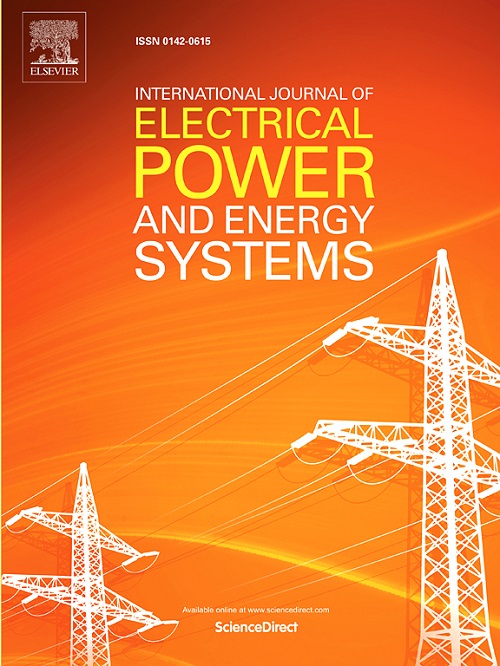A multi-time-scale joint operation method for renewable energy station, battery energy storage and flexible load under dynamic assessment of power schedule
IF 5
2区 工程技术
Q1 ENGINEERING, ELECTRICAL & ELECTRONIC
International Journal of Electrical Power & Energy Systems
Pub Date : 2025-04-04
DOI:10.1016/j.ijepes.2025.110642
引用次数: 0
Abstract
In the new power system dominated by renewable energy, the grid flexibility regulation resources are increasingly scarce. Therefore, stricter assessments of the power schedules of renewable energy stations (RES) are required. This approach encourages RES to autonomously use their own battery energy storage systems (BESS) and local flexible loads (LFL) to correct power schedule deviations, thereby reducing the demand for grid flexibility regulation resources from the source. The power distribution of RES on a daily time scale exhibits high volatility, and the accuracy of RES power forecasting is low, leading to fluctuations in the scarcity of the grid flexibility regulation resources at different times. Therefore, the assessment of RES power schedules by the grid should also be dynamic. Traditional RES operation methods struggle to meet the rapidly changing assessment requirements for power schedule deviations. First, this paper establishes a dynamic assessment model for RES power schedules, where the assessment price varies across different time periods and increases with the magnitude of schedule deviations. Then, a joint operation method for RES, co-located BESS, and LFL under the dynamic assessment model is proposed, specifically including the day-ahead generation schedule declaration method and the intra-day execution method. Finally, the value realization forms of LFL and BESS under the dynamic assessment model are clarified. Based on this, evaluation metrics for the operational efficiency of the joint operation entity are established, focusing on comprehensive net profit and profit distribution ratios. The case study shows that the joint operation method for RES, co-located BESS, and LFL proposed in this paper can effectively reduce the assessment fees that RES is required to pay under the dynamic assessment model, while also increasing the total net profit of the joint operation entity. Additionally, it enables a reasonable distribution of the profits that LFL and RES should receive.
求助全文
约1分钟内获得全文
求助全文
来源期刊
CiteScore
12.10
自引率
17.30%
发文量
1022
审稿时长
51 days
期刊介绍:
The journal covers theoretical developments in electrical power and energy systems and their applications. The coverage embraces: generation and network planning; reliability; long and short term operation; expert systems; neural networks; object oriented systems; system control centres; database and information systems; stock and parameter estimation; system security and adequacy; network theory, modelling and computation; small and large system dynamics; dynamic model identification; on-line control including load and switching control; protection; distribution systems; energy economics; impact of non-conventional systems; and man-machine interfaces.
As well as original research papers, the journal publishes short contributions, book reviews and conference reports. All papers are peer-reviewed by at least two referees.

 求助内容:
求助内容: 应助结果提醒方式:
应助结果提醒方式:


